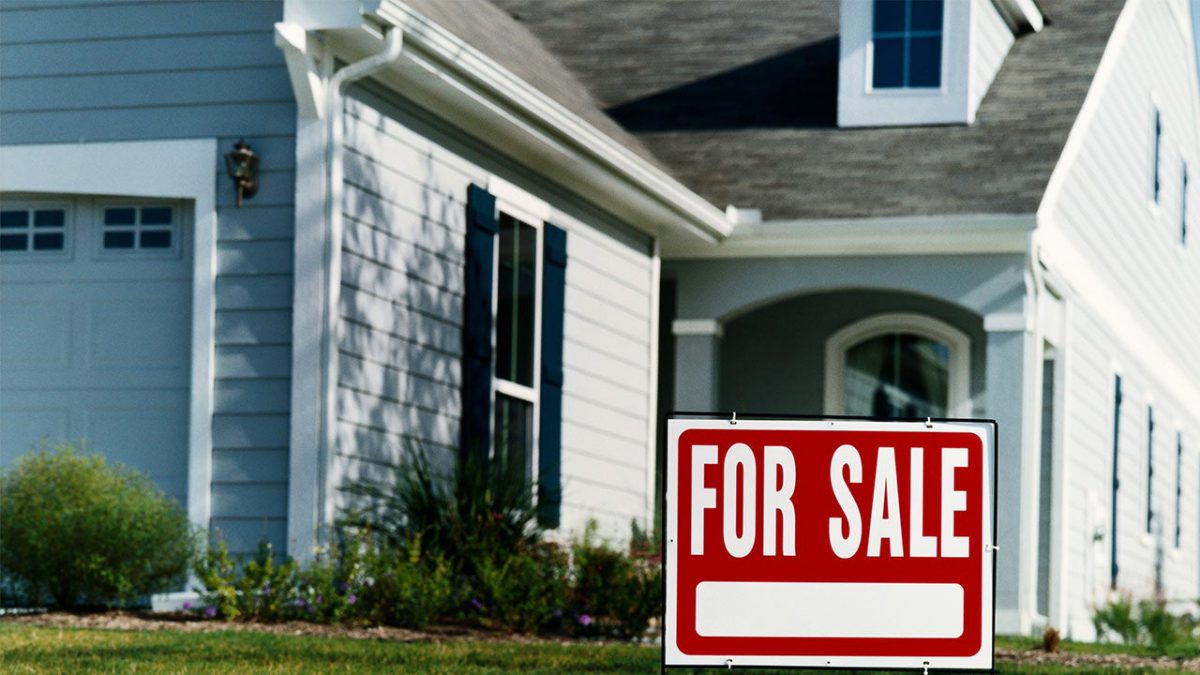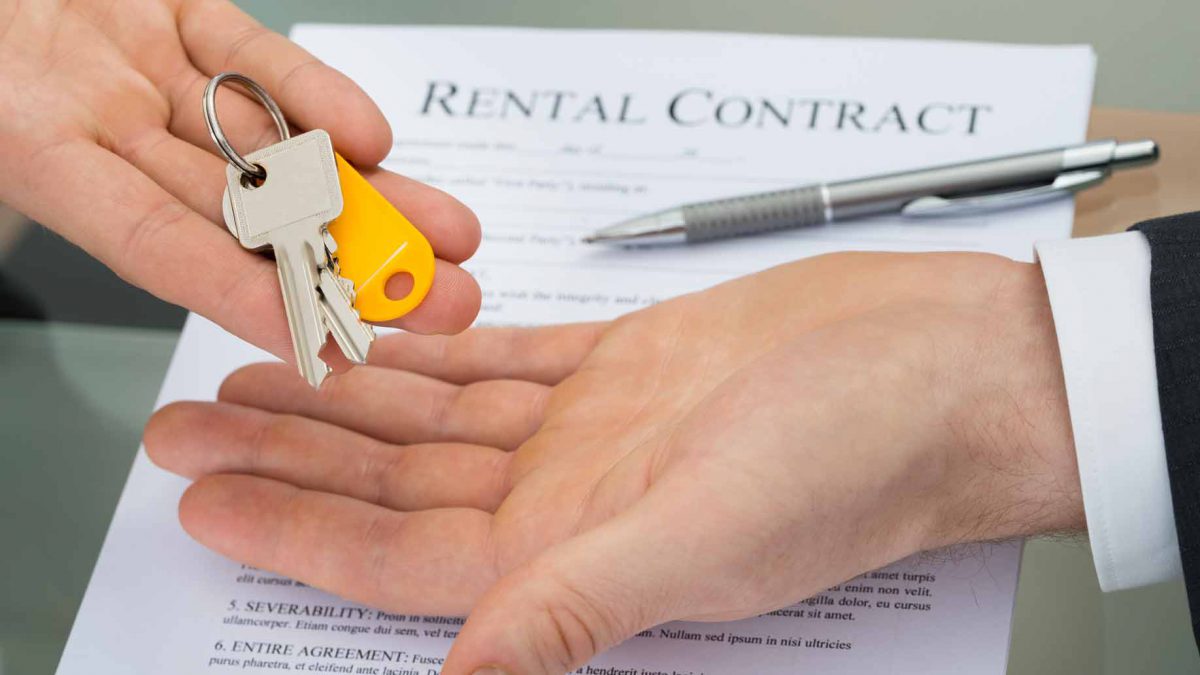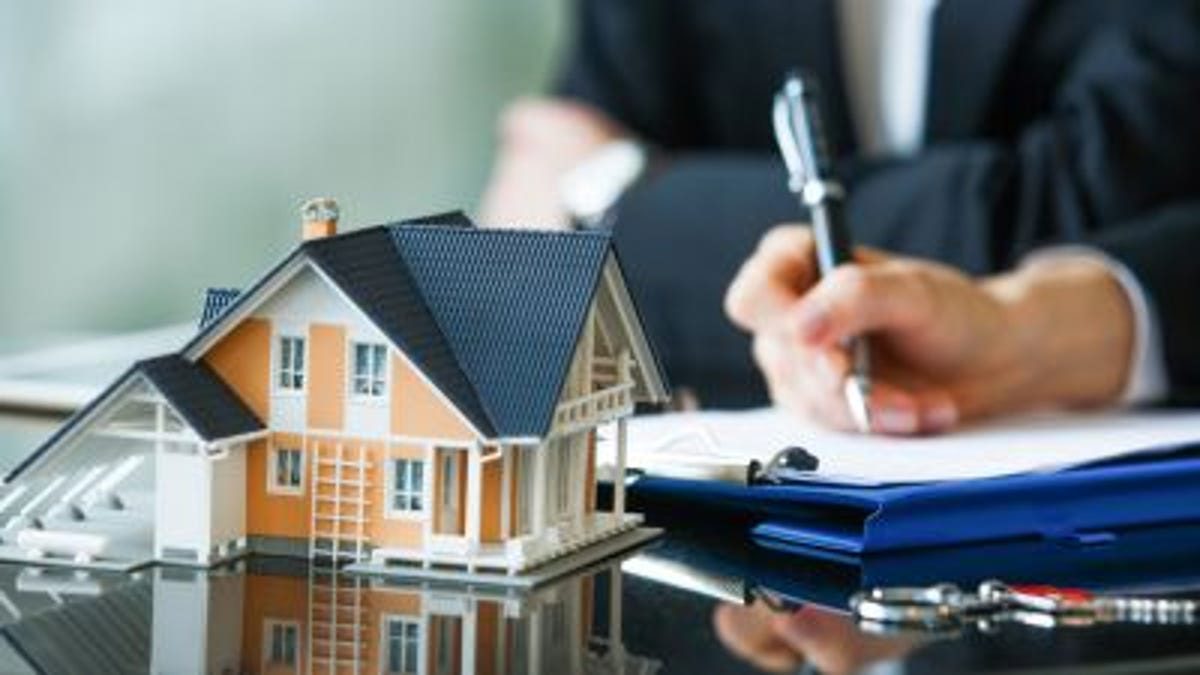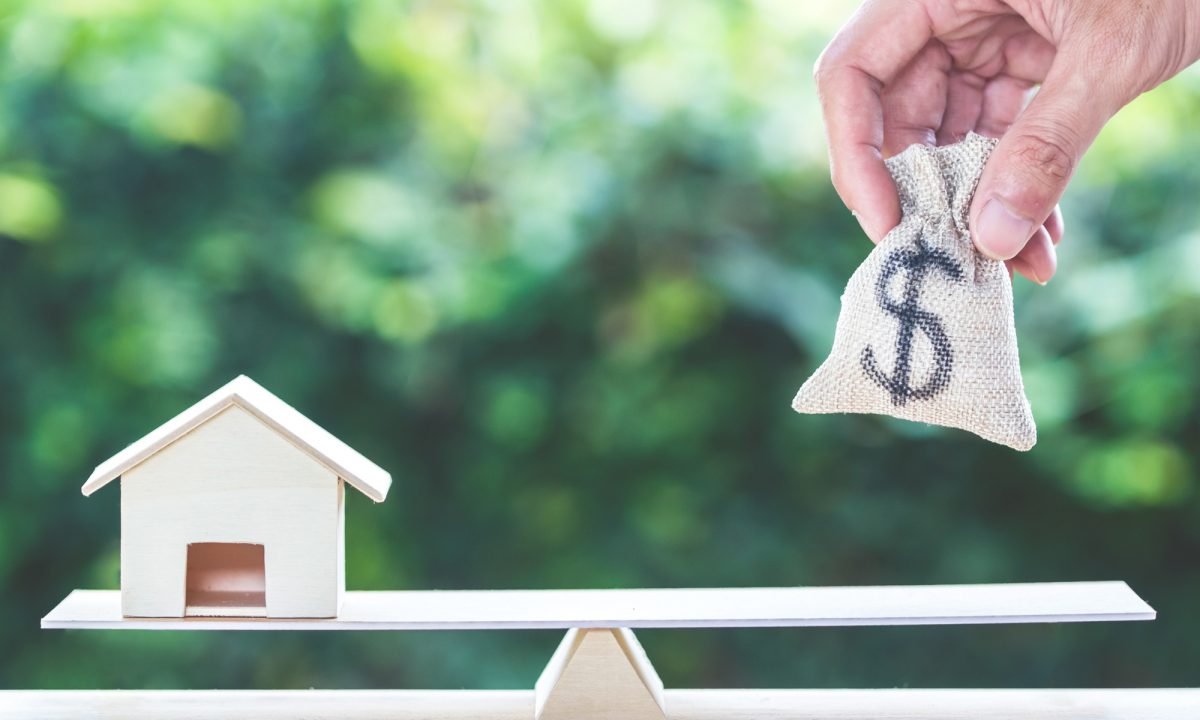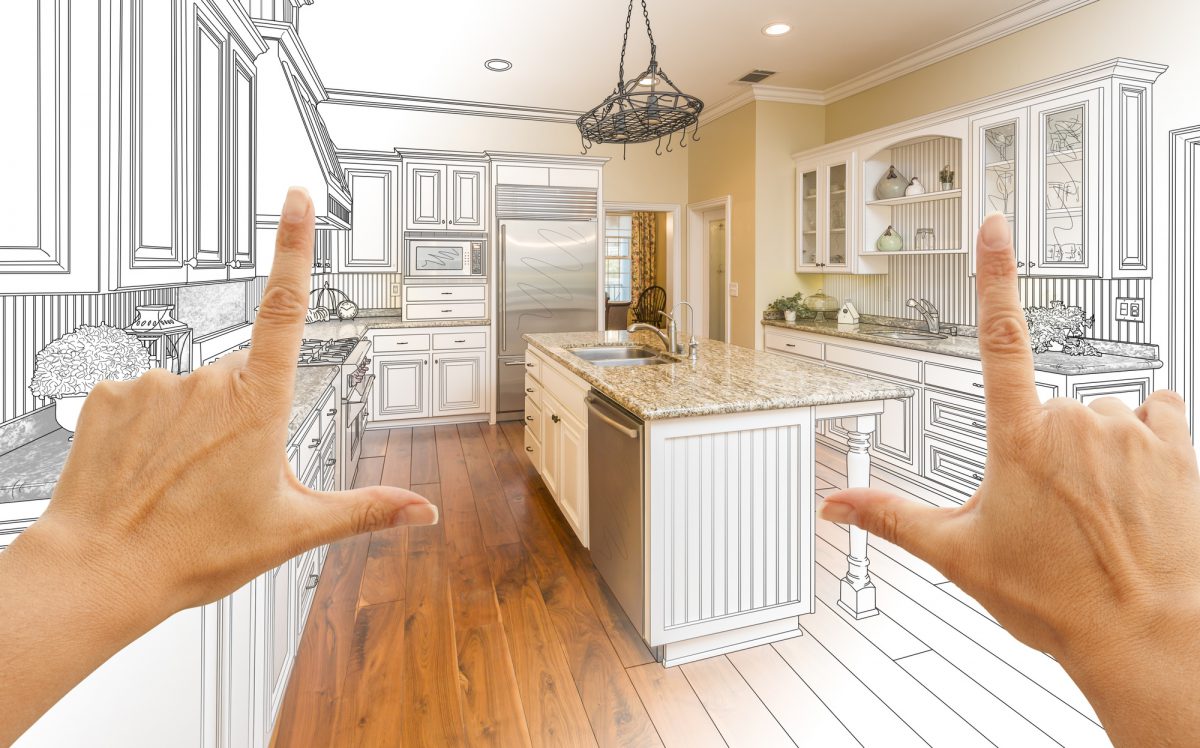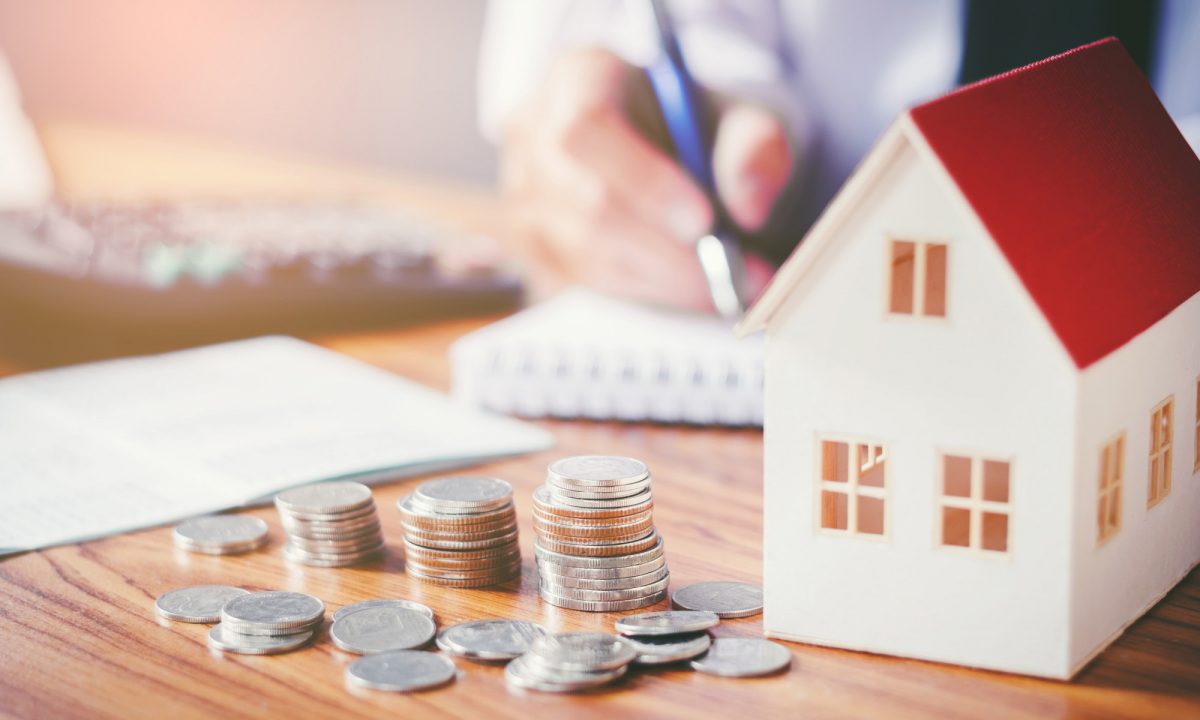Homeownership has always been part of the American Dream. Because of that, many people accept owning a home as the right, even obligatory thing to do without considering the benefits and the risks. If you are contemplating buying a home, you should know and review the pros and cons of the investment you are about to make—as you would any investment decision—before signing on the dotted line.
Attractive Long-Term Investment
Appreciation represents the increase in home values over time. Real estate prices are cyclical, and homeowners shouldn’t expect the property’s value to increase drastically in the short-term. But if you stay in your home long enough, there’s a very good likelihood you will be able to sell your home for a profit because of appreciation later in the future.
In fact, buying a home is one of the best long-term investments you can make.
Despite some dramatic dips, such as that in 2008-10, residential real estate tends to rise in value. According to the Federal Reserve Bank of St. Louis, the average price of sold houses in the U.S. rose from $340,400 in Q3 2014 to $382,700 in Q3 2019—over 10% increase in value over five years. Go back a decade, when the average home fetched $274,100 (Q3 2009), and you have a 39% increase. That’s not a bad return on an investment that also provides you with a place to live.
Real estate appreciates primarily because of the land on which the home sits, while the actual structure depreciates as time goes by. So the expression “location, location, location” is not just a real estate catch-phrase, but a very important consideration when buying a home. The neighborhood with the amenities it brings—school districts, parks, condition of roads, etc.—and the city where the home is located all factor into the property’s appreciation.
Consider a home that is rundown and dilapidated to the point that it’s uninhabitable. The land underneath the home may still be worth a significant amount of money—more than the residence, in this case,. A seller may consider selling it as is—with the structure still intact—or spending a little extra to demolish the home and sell the land at a higher price on its own.
Illiquidity
Unlike stock, which can be sold within a matter of days, homes typically take much longer to unload. The fact that you may have access to $500,000 in tax-free capital gains doesn’t mean you have ready access. Meanwhile, you still must make mortgage payments and maintain the house until you sell it.
Building Equity
Home equity represents the difference between how much you still owe on your mortgage and the market price or value of your home. Home equity and appreciation may be considered together. As noted above, your home is likely to grow in market value over time. Your equity also grows as you pay down your mortgage, with less of your payment going toward interest and more toward lowering the balance on your loan.
Building equity does take some time because it takes time to lower the principal balance owing on the mortgage loan—unless, of course, you make a large down payment or regular prepayments. One thing to keep in mind, though, is that the length of time you have your home is a big factor in how much equity you build and the appreciation you can realize. The longer you keep it, the more equity you obtain.
As you pay down your mortgage and reduce the amount you owe, without realizing it, you are saving as the value of your home is increasing—just as the value of savings account increases with interest. When you sell, you will likely get back every dollar you paid out and more, assuming you stay in your house long enough. Over time the average 6% return (interest rate) on your savings should more than
cover your outlay.
Another plus: Home equity provides flexibility to get a loan that is tied to the amount of your home equity. Many investors follow their home equity and home appreciation simultaneously. If an investor believes their home value is greatly appreciating they may put off a home equity loan to have a better opportunity to realize seller’s appreciation.
Location, Location, Location
While paying down your mortgage works the same no matter where you live, market-value growth varies with location. According to the Federal Housing Finance Agency (FHFA) House Price Index (HPI), real estate prices rose an average of 32.88% over the five-year period ending Dec. 31, 2019, in the U.S. overall. However, prices in the Middle Atlantic census division rose only by 23.21%, while prices in the Pacific census division climbed by an average of 40.39%
Capital Gains Exclusion
Eventually, you will sell your home. When you do, the law allows you to keep the profits and pay no capital gains taxes. Well, not necessarily all the profits. There’s a tax-free profit of up to $250,000 for single homeowners and $500,000 for married couples. This is for your main residence only—not for a second home or vacation property.
There are a few requirements you need to meet in order to qualify for this exclusion. You must own the home for at least two years—24 months—within the last five years up to the closing date. The residence requirement dictates that you should have lived in the home for at least 730 days, or two years, during the five-year period leading up to the sale. The final requirement, the look-back requirement, outlines that you didn’t profit from selling another primary residence during the two-year period leading up to the most recent sale.
Tax Deductions
After appreciation, the benefit of homeownership that is cited most often is tax deductions or savings. When you buy a home, you can deduct some of the expenses of owning that home from the taxes you pay to the government. This includes mortgage interest on both your principal residence and a second home, which can amount to thousands of dollars per year.
Interest on home-equity loans or home-equity lines of credit (HELOCs) is also deductible if the funds are used to substantially improve your home.
You can also deduct up to $10,000 in state and local taxes (SALT), including property taxes.
Pride and Financial Responsibilities
One often-cited benefit of homeownership is the knowledge that you own your little corner of the world. You can customize your house, remodel, paint, and decorate without the need to get permission from a landlord.
Ownership comes with responsibilities, however. You must pay your mortgage or risk losing your home and the equity you’ve built. Maintenance and upkeep are your responsibility. You can’t call the landlord at 2 a.m. to have a leaky water pipe repaired. If the roof is damaged, you must repair it—or have it repaired—yourself. Lawn mowing, snow removal, homeowners insurance, and liability insurance all fall on you.
The Tax Cuts and Jobs Act’s Effect
The Tax Cuts and Jobs Act, passed in December 2017, made substantial changes to the parts of the tax code that have to do with homeownership. Unless a future Congress amends the law, all provisions will expire after Dec. 31, 2025. But for now, changes in that law have reduced the value of owning a home.
The law limits mortgage interest deductions to $750,000 of total mortgage debt, including for a first and second home and any home-equity or HELOC loans. The previous limit was $1,000,000 in mortgage debt plus an additional $100,000 in home-equity debt.
There is an exception allowing $1,000,000 in total mortgage debt if you bought your home on or before Dec. 14, 2017. This provision even applies if you refinance that older mortgage. Home equity loan interest is only deductible if the money is used for substantial improvements to the home on which you took out the loan. Previously, interest on up to $100,000 was deductible no matter how the home-equity money was used.
The law also set the SALT deduction limit to $10,000. Previously, all SALT payments were deductible, unless you were subject to the alternative minimum tax.
Other new provisions include restrictions on claiming casualty losses except for federally declared disasters. The moving expenses deduction no longer exist except for the active-duty military moving for reasons of work.
All these changes have lowered the value of owning a home—including the fact that, with the doubling of the standard deduction (another feature of the Act), fewer people will have enough deductions to file Schedule A instead of taking the standard deduction. So the fact that you are eligible for a tax deduction does not mean that it will end up being useful to you. The severe limiting of the SALT deduction will be particularly detrimental in lowering available deductions for people who live in highly taxed states.
High Upfront Costs
The cost of investing in a home can be high—there’s more to your expenses than the property’s selling price and the interest rate on your mortgage. For starters, you can expect to pay anywhere from 2% to 5% of the purchase price in closing costs. Some of the most common closing costs include an application fee, appraisal fee, attorney fees, property taxes, mortgage insurance, home inspection, first-year homeowner’s insurance premium, title search, title insurance, points (prepaid interest), origination fee, recording fees, and survey fee.
Experts say you should plan to stay in your house at least five years to recover those costs.
Potential Depreciation
Not all homes grow in value. The housing crisis of 2008 resulted in many homeowners being underwater, which means owing more on your mortgage than your home is worth. It doesn’t take a housing crisis for home prices to stagnate or drop. Regional or local economic conditions can result in home values that don’t keep up with inflation.
Remember, as well, that the actual structure you live in will depreciate over time. This can be due to wear and tear on the property, or a lack of maintenance and repairs.
The Bottom Line
A home is an investment that comes with many investment benefits but also risks, which makes it an investment that is not for everyone. Weighing the investment benefits against the risks is important. A rational comparison of pros and cons can help you decide whether to put your money into a home investment or potentially find better returns elsewhere.
